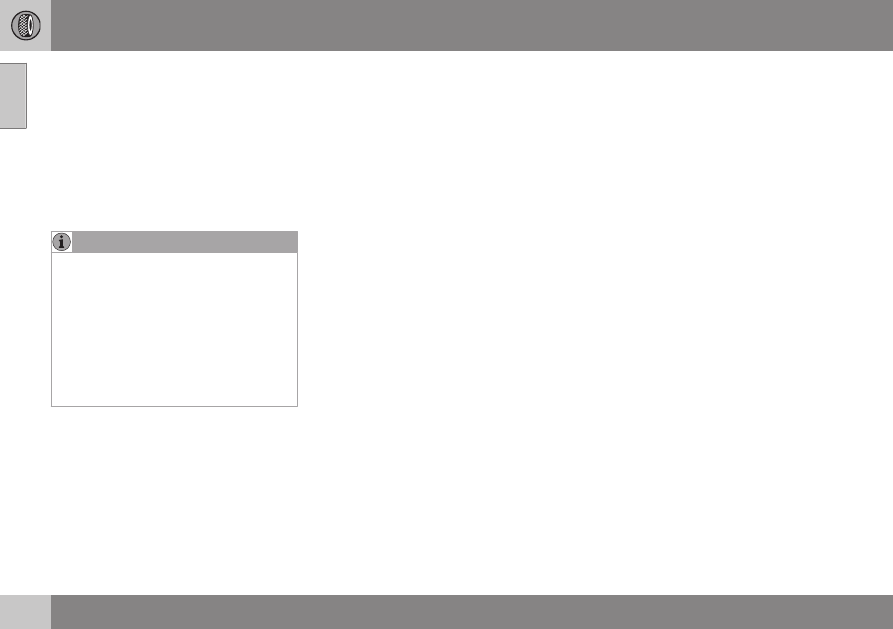Volvo XC70 (2016 year). Instruction - part 20

09 Wheels and tires
09
320
*
Option/accessory, for more information, see Introduction.
Tire sealing system* – sealing
compound container
The sealing compound container must be
replaced if the tire sealing system has been
used to repair a tire or if the container’s expi-
ration date has passed (see the date on
decal).
Replacing the sealing compound
container
•
After use, the sealing compound bot-
tle, the hose, and certain other system
components must be replaced. Please
consult your Volvo retailer for replace-
ment parts.
•
If the sealing compound bottle’s expi-
ration date has passed, please take it
to a Volvo retailer or a recycling station
that can properly dispose of harmful
substances.